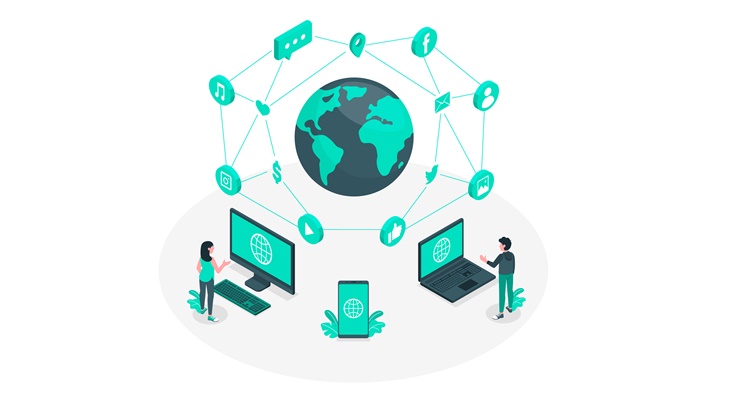Open-Source Intelligence, more commonly known as “OSINT” is a technology that uses data from publicly available sources for data intelligence purposes.
Even though similar intelligence technologies have been present over hundreds of years, OSINT has gathered momentum after the digital revolution.
And the data security laws such as GDPR have only strengthened the use of a proper OSINT system.
A lot of technologies such as machine learning, predictive analysis, and behavioral science have used the OSINT for better understanding the data subjects' behavior and patterns.
According to the RAND model of OSINT, intelligence technology works on four key steps with respect to the information available on news, social media, and gray literature. These steps are:
- Collection
- Acquisition
- Retention
- Processing
- Translation
- Aggregation
- Exploitation
- Authentication
- Credibility Evaluation
- Contextualization
- Production
- Classification
- Dissemination
These steps allow the gathered intelligence to be more authentic and reliable. But collecting and processing such complicated processes requires more time and effort from the data scientists.
As OSINT does thorough research and involves complicated analysis, there are a few challenges which you need to overcome while implementing OSINT. We will be discussing those OSINT challenges in this blog.
Challenges in Implementing OSINT Approach
OSINT may provide you the most complex and useful intelligence, but there are a lot of factors which you need to consider while understanding the scope & challenges of OSINT.
The emphasis on data security increased with the implementation of stringent data security laws such as the General Data Protection Rule (GDPR).
These data security laws meant that data scientists had to change the way they used to collect, process, and analyze the data to draw conclusions.
Organizations now have to take into consideration the explicit consent of the data subjects before they process the analysis of the collected information. This is one of the key OSINT challenges for various organizations.
The Digital revolution has allowed users worldwide to connect and express their views freely and reach out to the global audience without spending any money.
But, the digital revolution has also increased the volume of the data. In open-source intelligence, you need to have high-quality data to get the most valuable intelligence reports.
It means organizations need to apply various content filters to get the highest data quality. Organizations are working on this OSINT challenge by training their data -scientists in improving their skill-sets.
As the quality of the collected data is expected to be high, the number of rejected and invalid data is also considerably high.
This leads to a higher level of effort required by the data scientists. Also, as OSINT computes and delivers complex and accurate data, the number of efforts required to collect, process, and deliver these data are more.
Open Source Intelligence a combination of a lot of other intelligence technologies such as Geo-Spatial Intelligence (GEOINT), Measurement and Signature Intelligence (MASINT), Human Intelligence (HUMINT), and the Signal Intelligence (SIGINT).
This overlapping nature makes it difficult to categorize the type of operations which will fall under OSINT.
For example, the intelligence gathered from social media analytics should ideally fall under the HUMINT, but it also falls under the OSINT as the information is openly available on the internet.
This is a fundamental OSINT challenge.
OSINT, when used in the defense applications may cause some political challenges as it involves data monitoring over the globe.
These intelligence practices prove fruitful for the government agencies such as CIA, Interpol to track and stop the potential terrorist threats.
But, at the same time, these counter-intelligence practices draw a lot of geo-political attention as it involves cross-boundary data monitoring.
This is a hard challenge to overcome as far as defense practices are concerned in OSINT technologies. Government organizations are improving the cross-boundary relations to overcome this OSINT challenge.
Future Scope of OSINT
OSINT 4 is considered as a more sophisticated tool than its previous versions due to its flexibility to work with different technologies.
It can create a database that helps the organizations to analyze the data easily and draw more accurate conclusions.
The rapid developments in technologies such as Artificial Intelligence, Machine Learning, and Big Data Analytics have opened the new horizons for OSINT which weren't previously available.
And tools such as IntelTechniques can now provide the data scientists with the required data from the intelligence gathered from these tools.
You May Like to Read:





